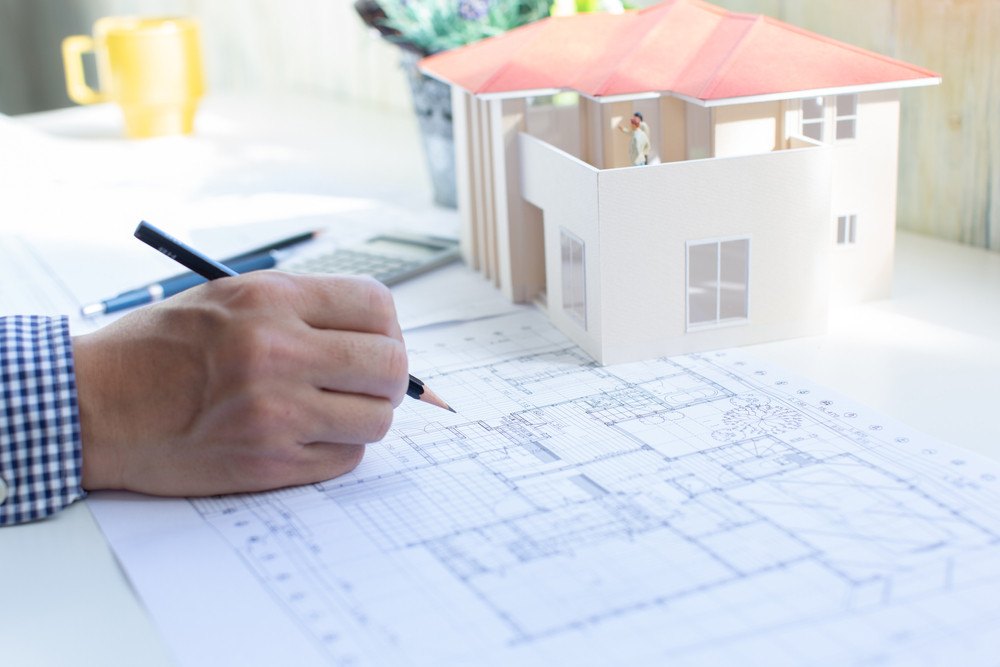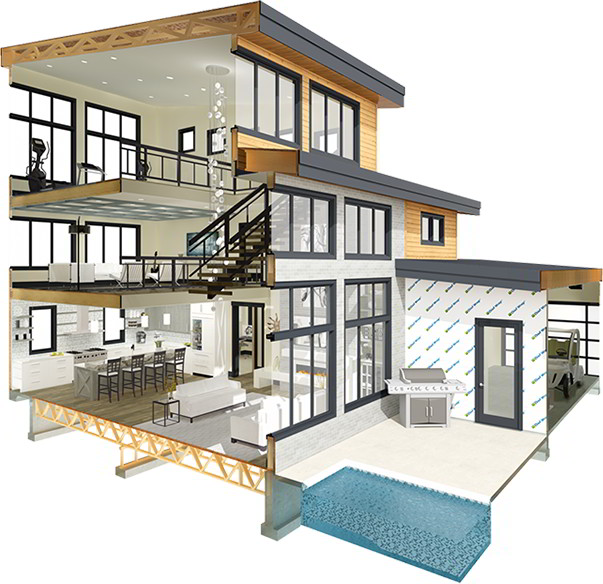An Extensive Overview of Building Designs and Their Impact on Modern City Planning and Advancement
Building designs have actually long offered as a mirror to the social values and technical improvements of their time, playing a crucial function in shaping contemporary city planning and advancement. From the grandeur of Neoclassicism to the practical strategy of Brutalism, each style has introduced unique concepts that affect metropolitan looks and capability.
Historic Introduction of Building Styles

As societies transitioned through the Center Ages, Gothic architecture arised, identified by its verticality and elaborate describing, matching the spiritual ambitions of the age. The Renaissance marked a resurgence of classical suitables, merging art and design in cutting-edge methods that influenced succeeding styles throughout Europe.

Today, architectural designs continue to advance, driven by globalization and sustainability concerns, mirroring a dynamic interaction in between heritage and development. This historical review highlights the significance of style as a mirror of social evolution and as a driver for urban advancement.
Key Architectural Styles Explained
The variety of building styles reflects the myriad influences that form our developed environment, each personifying distinctive features and cultural relevances. Trick architectural designs include Timeless, Gothic, Baroque, Innovation, and Postmodernism, each representing unique historic contexts and visual ideologies.
Timeless style, rooted in ancient Greece and Rome, stresses symmetry, percentage, and using columns (cda architects). On the other hand, Gothic architecture, prospering in the center Ages, is characterized by pointed arches, ribbed vaults, and flying buttresses, producing a spiritual top quality in sanctuaries. Baroque architecture, arising in the 17th century, is noted by magnificence, elaborate embellishment, and a dynamic interaction of light and shadow
Innovation, which acquired energy in the early 20th century, focuses on feature over kind, utilizing new products like steel and glass to produce minimalist structures. Postmodernism, responding versus the austerity of Modernism, accepts eclecticism and historical referral, frequently incorporating lively components and paradox.

Effect on Urban Preparation
In shaping the advancement of cities, building designs substantially affect metropolitan planning decisions. The choice of architectural style frequently dictates the appearances, performance, and overall character of city environments.
Moreover, architectural styles can affect zoning guidelines and land use plans. Urban coordinators click this must take into consideration the prevailing architectural patterns when developing areas, making sure that brand-new developments harmonize with existing frameworks. This consideration cultivates cohesive city landscapes and boosts area identification.
The execution of certain architectural designs can also affect socioeconomic aspects within a city. For example, high-end contemporary layouts may bring in affluent citizens and businesses, resulting in gentrification, while a lot more cost effective real estate remedies might prioritize practical and lasting styles to fit diverse populaces. Eventually, the interaction between building styles and city planning creates dynamic cities that more info here mirror both historic context and contemporary needs, shaping the lived experiences of their occupants
Sustainability and Modern Architecture
Architectural designs play an essential role in dealing with contemporary difficulties, particularly in the world of sustainability. As metropolitan areas increase and environmental concerns escalate, contemporary design progressively welcomes sustainable style principles that focus on power efficiency, source preservation, and minimal environmental effect.
Contemporary building activities, such as biophilic design and green style, advocate for structures that balance with their surroundings, making use of natural products and promoting biodiversity. These styles usually incorporate renewable energy sources, such as photovoltaic panels and wind generators, to decrease dependence on nonrenewable fuel sources and lower carbon impacts.
Moreover, the integration of advanced modern technologies, such as Look At This wise structure systems, improves energy monitoring, maximizing source usage while guaranteeing occupant convenience. Ingenious water monitoring techniques, including rain harvesting and greywater recycling, additional add to lasting city settings.
Notably, sustainability expands past environmental issues; it encompasses social and financial measurements. By fostering area well-being and promoting inclusivity, modern-day building designs straighten with lasting development objectives. Subsequently, the development of architectural methods continues to shape durable cities that not just meet the requirements of the here and now but also guard the future for generations to come.
Area Engagement in Design
Area engagement in design works as an important bridge in between designers and the populaces they offer, making certain that the built atmosphere mirrors the needs and goals of its users. This joint procedure welcomes community participants to contribute their understandings and preferences, cultivating a sense of ownership and obligation towards the areas they populate.
Efficient community interaction uses numerous methods, such as workshops, studies, and public forums, to collect diverse viewpoints. These techniques promote a two-way dialogue, permitting designers to understand local contexts while empowering citizens to voice their problems and needs. This inclusivity not only improves the layout quality but also advertises social equity by addressing the one-of-a-kind difficulties encountered by marginalized groups.
Additionally, community involvement can lead to cutting-edge options that might not emerge in a traditional style procedure. By integrating local understanding and social worths, engineers can create areas that reverberate more deeply with customers, improving use and sustainability. Inevitably, focusing on community involvement in style procedures leads to settings that support social communications, assistance well-being, and enhance neighborhood connections, consequently playing a pivotal function fit modern-day urban landscapes.
Verdict
Building styles have greatly affected contemporary city preparation and advancement, mirroring evolving social and technical contexts. As cities proceed to expand and adapt, the ongoing dialogue between architectural heritage and modern design principles will certainly continue to be important in producing comprehensive, vibrant rooms that improve quality of life and promote social equity.